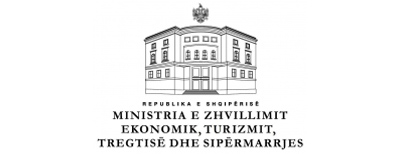UNESCO
UNESCO Heritage sites in Albania
UNESCO HERITAGE
protected sites in Albania
UNESCO has honored Albania by adding three sites to the culturally prestigious World Heritage List. But Albania’s culture does not stop there – artisan practices are alive and flourishing and the country’s tradition of iso-polyphonic singing, under the protection of UNESCO, is recognized as unique in the world.
BUTRINT
National Park of Butrint. Declared “Monument in Protection” by the Albanian State in 1948. Registered as an UNESCO world heritage in 1992.The national importance of Butrint’s assets and cultural heritage was recognized and confirmed in the world by UNESCO World Heritage Committee in 1992. Registration of Butrint by UNESCO was based on cultural criteria as a unique and exceptional testimony of a cultural tradition and civilization that disappeared. Butrint was an ancient city in Epirus, during the VII century. The main objects in Butrint are: The Temple of Aeskulapius, the theater with 1500 seats, nymfeu, the bathrooms, the basilica, the Lion gate, the gate lake, the Venetian towers, the fortress of Ali Pasha etc. A series of items can be found at the Museum of Butrint.
GJIROKASTRA
Gjirokastra, the so-called “City of stone”. Stated as a “Museum City ” by the Albanian state in 1961. Proclaimed as a world heritage in 2005.Gjirokastra is a unique testimony of a cultural tradition of life during the XIV – XIX centuries.It is the main city of the southern part of the country. This city impresses everyone who visits it, as a result of the architecture, the surprising images of Drinos valley, and the spectacular crown ridge of calcareous Bureto and Lunxhëria.
BERAT
Registered as a world heritage in 2005 and ratified in 2008 by UNESCO. Berati is the city where can be found traces of the Illyrian, Byzantine and Ottoman periods, rich in old churches with wonderful wall paintings, icons and wood engraving. In 1961 the city was put under the protection of the Albanian state and was declared a “Museum City “.
Albanian ISO polyphony
Albanian Folk Iso-polyphony is proclaimed “masterpiece of the oral heritage of humanity” protected by UNESCO. Obviously, the date November 25, 2005 is a historic day for all the Albanian cultural heritage but also for Albania itself. In this day “Albanian folk iso-polyphony” was added to the list of “Masterpieces of the oral heritage of humanity” protected by UNESCO , a fact that was heralded in the all world media by Dr. Koichiro Matscura, General Director of UNESCO, the UNESCO headquarters in Paris. To come up with this decision, the International Jury meeting in Paris from 21-24 November 2005, examined 60 candidates proposed for inclusion in the list of “Masterpiece of Humanity”, the proposals were made in an official way by different countries of the world and met the criteria stated files for this purpose.
Partners








